Andreas Christen / Andreas Christen
What is corruption? Ad Reinhardt addressed the subject in 1961 (Panel Discussion, Scrap, NY): “I was trying to speculate about what corruption means everywhere. Now what would corruption be in art? And my answer would be in the work that’s too available, too loose, too open, too poetic. I would say it permits too many people to project their own ideas in it, and I don’t like to see art that open, so that at some point almost anything goes, almost anyone could do it. I think that whole idea is corrupt. I think the idea of the artist making believe he doesn’t know what he is doing is a corrupt one.”
Corruption and opportunism were topics of discussion we grappled with on a daily basis, sharpening the observation and analysis of the corresponding matters of evidence in the art world, full of relish, the perception of self. The compulsion toward the precision of artistic arguments was a continual and fruitful challenge. As the marketplace increasingly deployed the active obsolescence of artistic convictions as a strategy, vouching for deliberately and carefully reached decisions became more and more demanding. His whole life, Andreas Christen wanted to know and understand precisely, and ever more precisely, what he did as an artist and what he did as a designer. His early works, from 1959 to 1964, are unerring masterpieces, informed by new materials and new types of production methods. The step from the two-dimensional image to a three-dimensional wall object is the necessary consequence of his artistic aims. Contemporary in every respect, they are among the most innovative and most important achievements of Swiss art at a time of radical upheaval. But it was not to end there. The achieved was not to thus be exploited, monopolized. With interruptions, conditioned by life and by time, a creative and intellectual working process carried forth, seeking to correctly conceive of the things, the objects and then, in accordance with this, to give them the right appearance in all aspects. Suitability and aptitude were meant for functions that are fundamentally distinct in art and design.
The form as an individual event that requires perpetual invention and variation of additional forms, something only possible within narrow bounds, is substituted by Andreas with a structure. Such generalization, counterposed to the individualization of the form event, displaces the focus to the actual themes of his oeuvre. A simple structure, consisting of alternating like elements, positive and negative, generates a disconcerting diversity of moments of perception and changing correlations of form. Light and shadow construct spatiality in exemplary fashion. Andreas understood his works as instruments that intervene in the continuum of space and make tangible the experience of space. The abstract form of this tool gives lucid clarity to the conditions of spatial perception. Finally, in the last ten years of his life, he managed to arrive at a valid solution for problems that had long absorbed him. Neither paintings nor reliefs, the works find their definitive form. And the aura of the work of art? It becomes transformed into a living unity of light, shadow and space.
Installation views
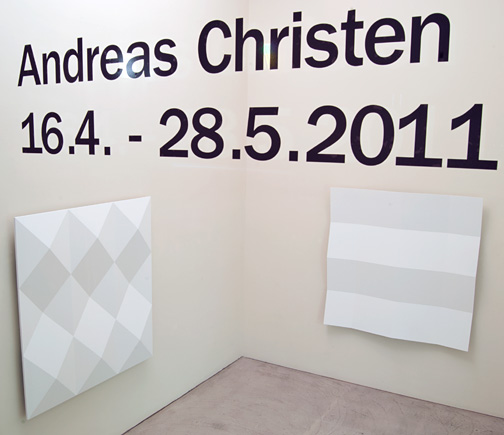
Installation view room 4

Installation view room 1

Installation view room 1
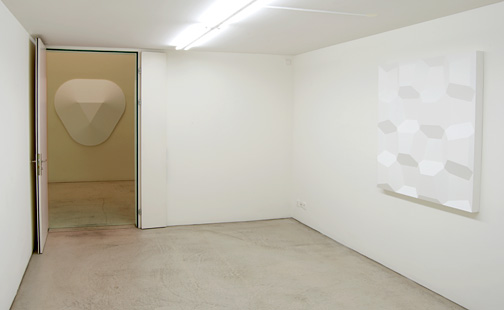
Installation view room 2
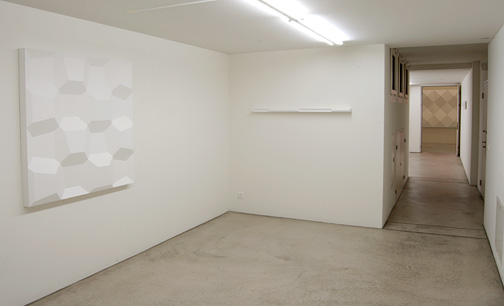
Installation view room 2
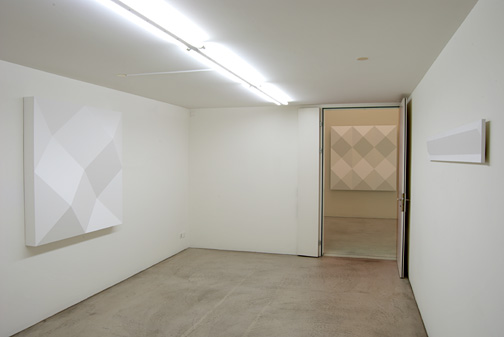
Installation view room 3
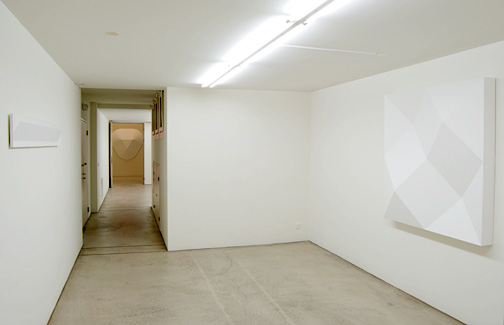
Installation view room 3
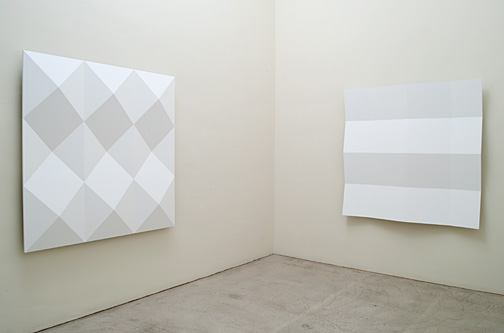
Installation view room 4

Installation view room 4
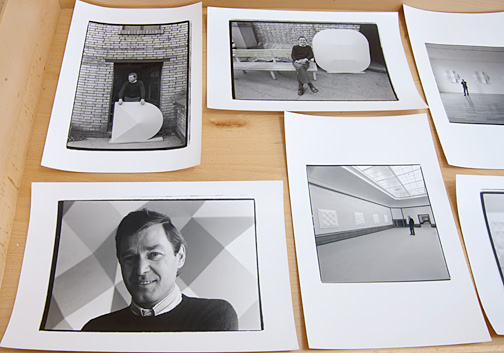
Installation view office room
All photographs
© by Thomas Cugini, Zürich

Installation view office room
All photographs
© by Thomas Cugini, Zürich

Installation view office room
All photographs
© by Thomas Cugini, Zürich

Installation view office room
Alle photographs
© by Thomas Cugini, Zürich
Works
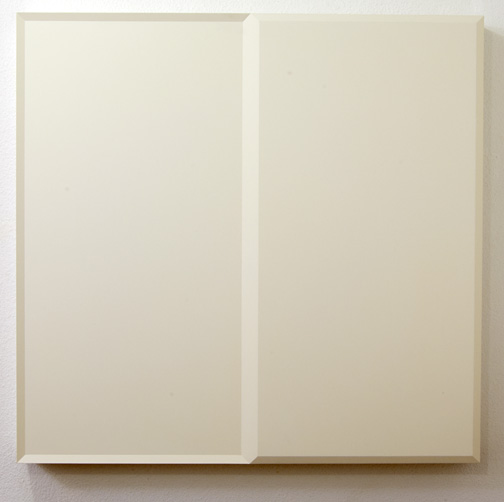
Untitled
1988
83 x 86 x 8 cm
MDF-plate, white paint sprayed

Untitled
1959/60
70 x 70 cm
Acrylic on Masonite
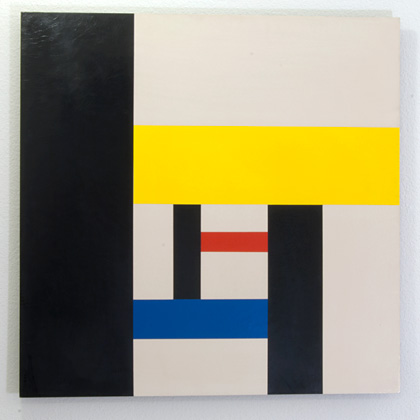
Untitled
1958
70 x 70 cm
Acrylic on Masonit
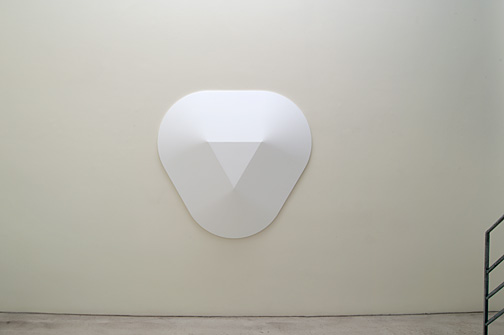
Monoform
1961
143 x 149 x 13 cm
Polyester white paint sprayed
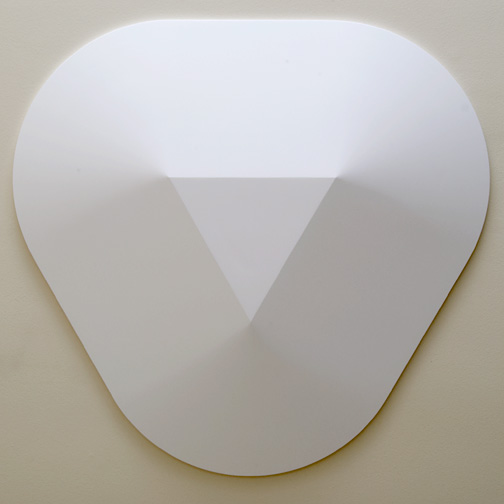
Monoform
1961
143 x 149 x 13 cm
Polyester white paint sprayed
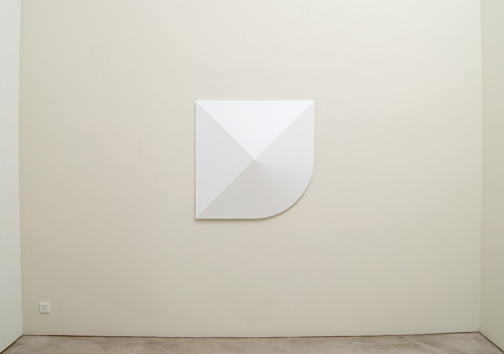
Monoform
1959 / 1960
99 x 99 cm
Polyester white paint sprayed
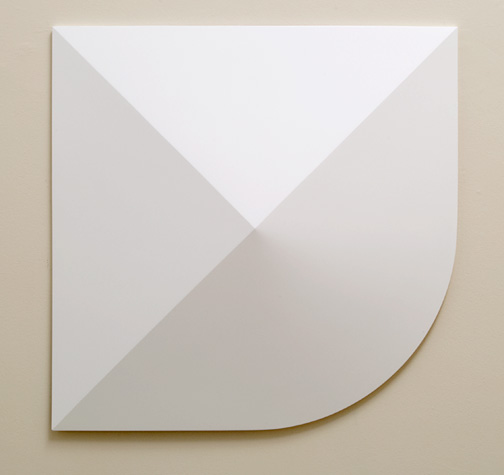
Monoform
1959 / 1960
99 x 99 cm
Polyester white paint sprayed

Komplementär-Struktur
1974
120 x 120 x 9 cm
Polyester white paint sprayed

Komplementär-Struktur
1974
120 x 120 x 9 cm
Polyester white paint sprayed
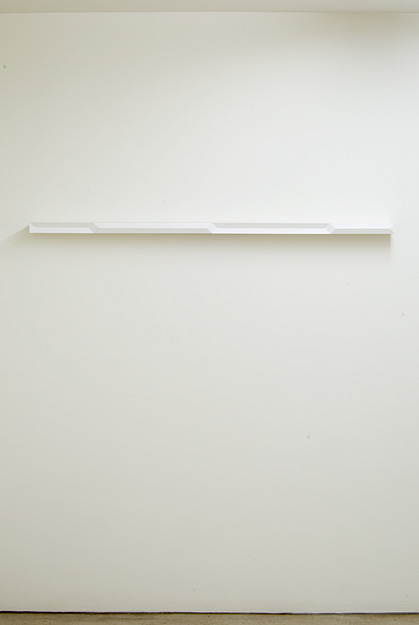
Untitled
1995
4 x 136 x 8 cm
Wood, white paint sprayed
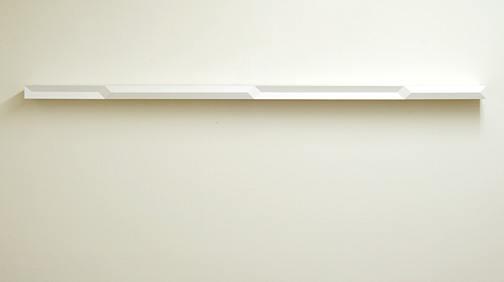
Untitled
1995
4 x 136 x 8 cm
Wood, white paint sprayed
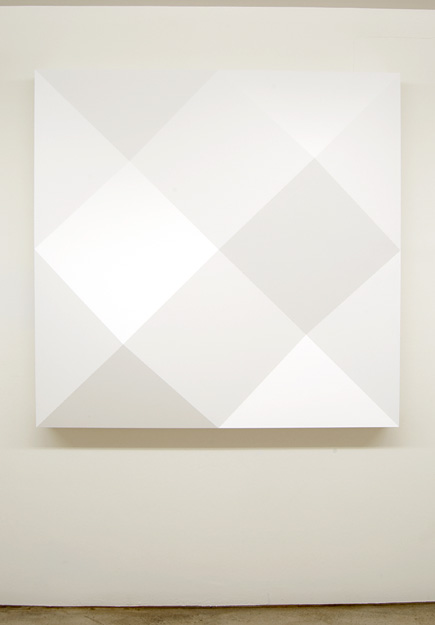
Komplementär-Struktur
1980
130 x 130 x 25 cm
Epoxy, white paint sprayed
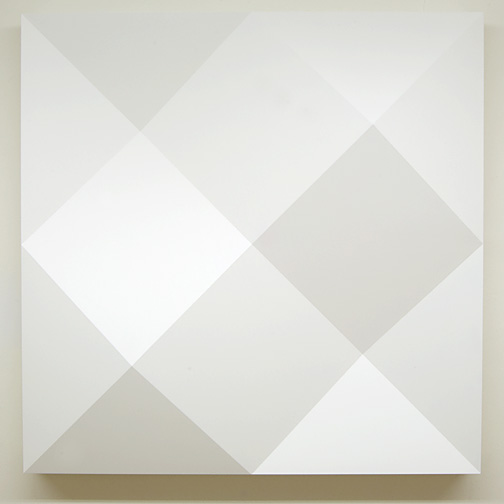
Komplementär-Struktur
1980
130 x 130 x 25 cm
Epoxy, white paint sprayed

Untitled
2002
20 x 172 x 4 cm
MDF-plate, white paint sprayed

Untitled
2002
20 x 172 x 4 cm
MDF-plate, white paint sprayed

Untitled
2005
24 x 116 cm
MDF-plate, white paint sprayed
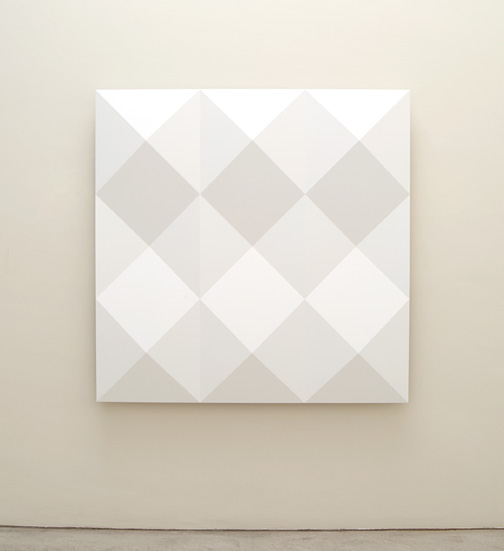
Untitled
2005
160 x 160 cm
MDF-plate, white paint sprayed
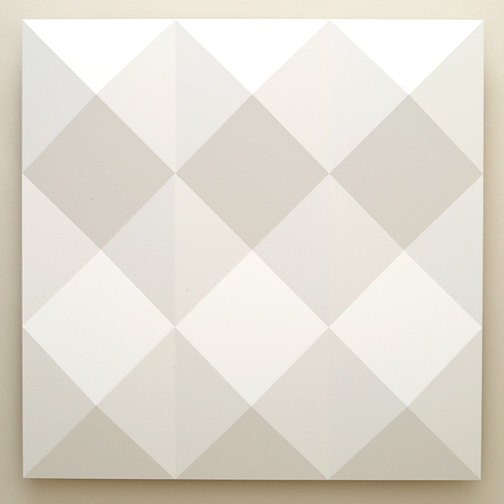
Untitled
2005
160 x 160 cm
MDF-plate, white paint sprayed

Untitled
2003
160 x 160 cm
MDF-plate, white paint sprayed
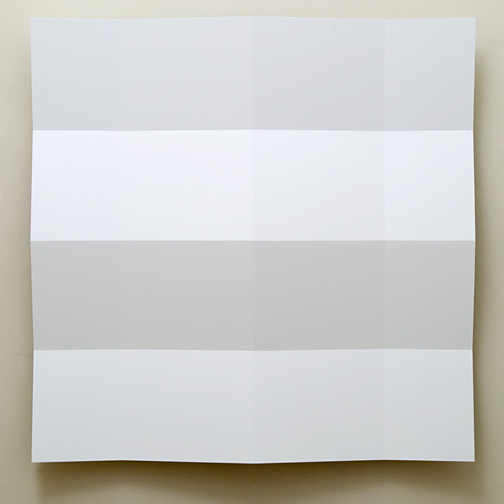
Untitled
2003
160 x 160 cm
MDF-plate, white paint sprayed
New
Exhibition
Dan Flavin (1933–1996) and Will Insley (1929–2011)
March 6 to April 26, 2024
New publications
James Bishop
James Bishop
Publisher: ER Publishing, Edited by Molly Warnock
Joseph Egan
Joseph Egan and Anton Himstedt: Common Ground
Publisher: Josef Albers Museum Quadrat Bottrop, Ulrike Growe
Exhibitions / Insight
INSIGHT #3 spotlights the graphic work of Fred Sandback through three examples from 1974 and 1982.
Joseph Egan, Ptolemäus: Die Welt im Griff? Antike Kartographie und zeitgenössische Kunst, Kunsthaus Grenchen
3. März bis 26. Mai 2024
Dan Flavin, Widmungen aus Licht, Kunstmuseum Basel
2. März bis 18. August 2024
Rita McBride, Momentum,
Dia Beacon, Beacon, NY,
July 1, 2023 to January 2025
Fred Sandback, Kurt Büsser ermöglicht... Erich Buchholz und Fred Sandback, Museum Wiesbaden
19. Januar bis 14. April 2024
Sol LeWitt (1928–2007)
A Wall Drawing Retrospective
Yale University Art Gallery and Williams College Museum of Art
November 16, 2008 – 2033

